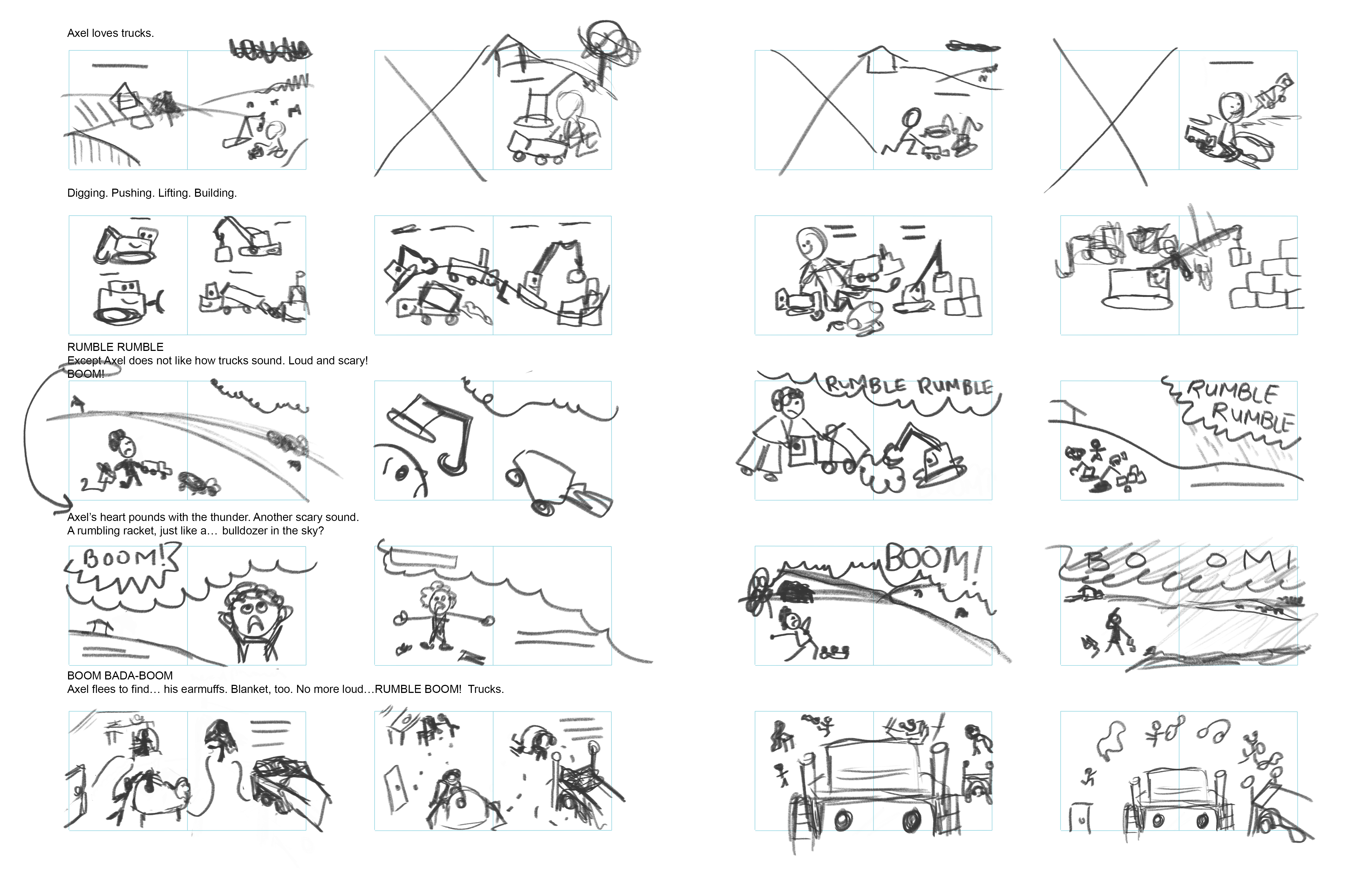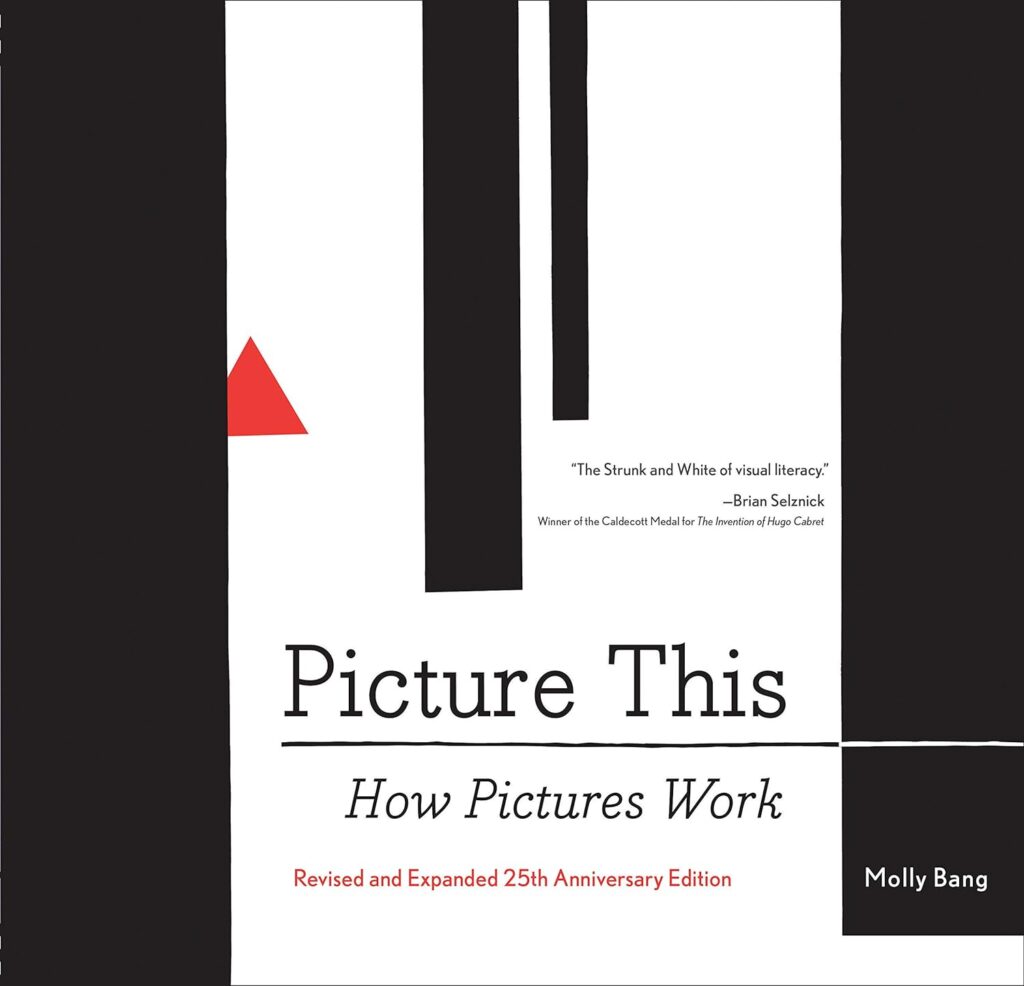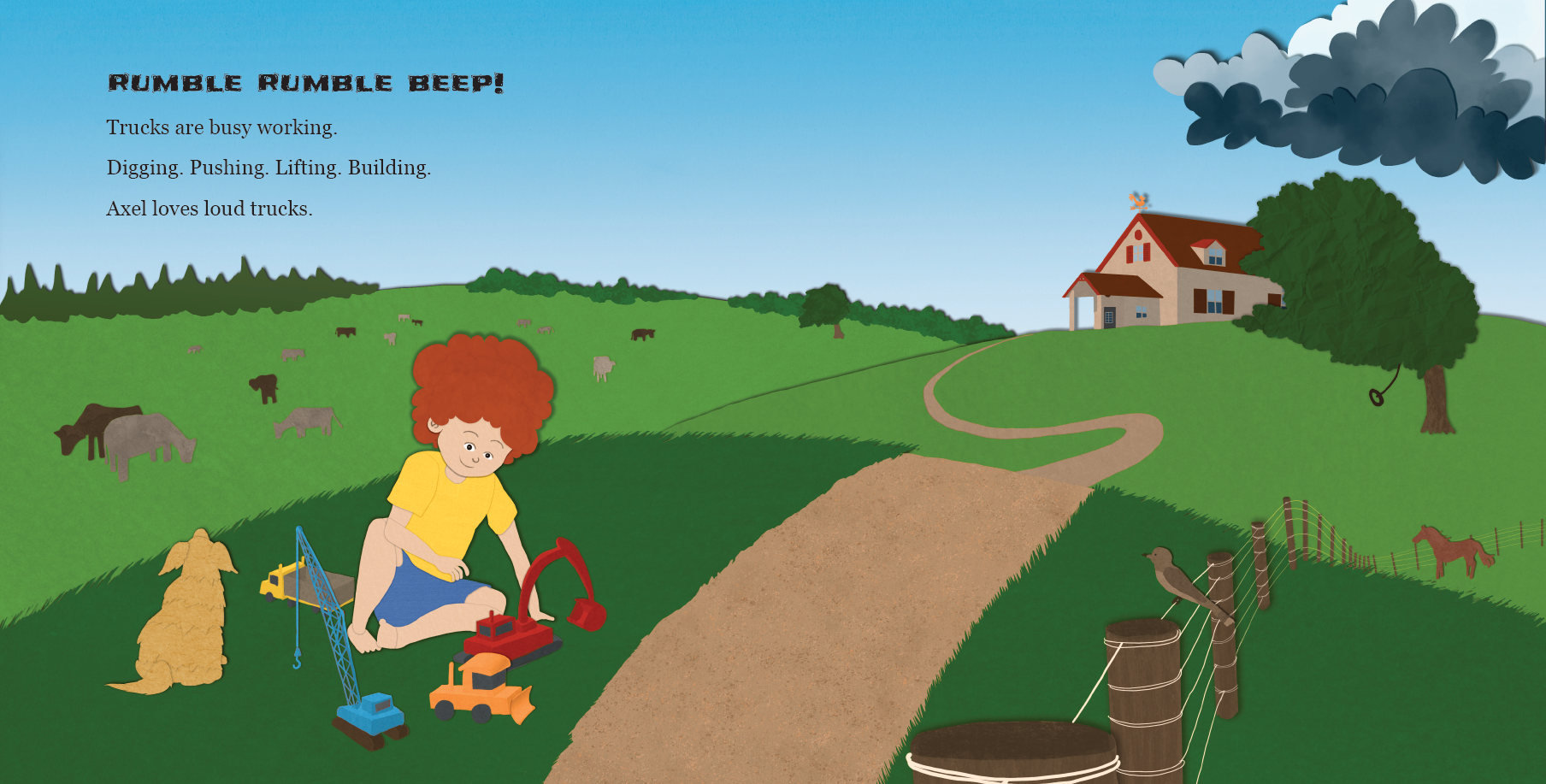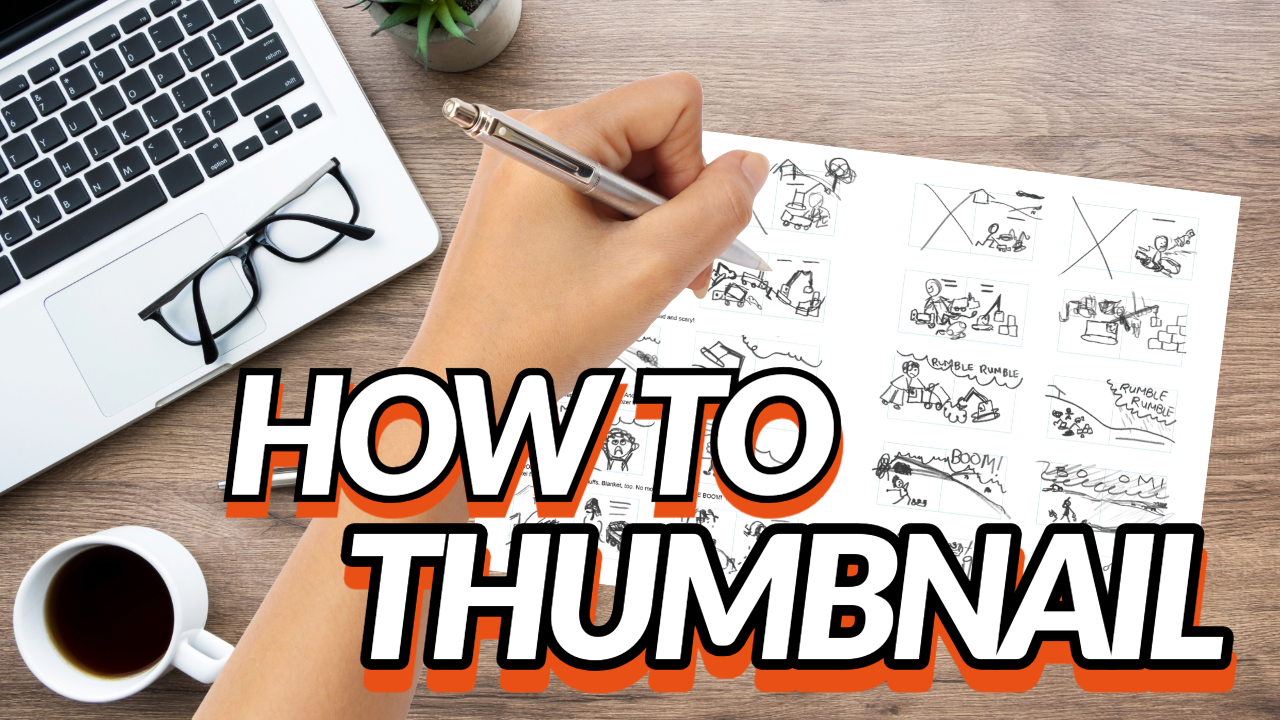Thumbnailing is a crucial step in creating a picture book. It’s where you start to visualize how your story will come to life on the page. Today, I’ll walk you through the key aspects of thumbnailing, from composition and storytelling to how to guide your reader’s eye with line of action and page turn direction. Even if you are a writer and not an illustrator, thumbnailing can help you. It helps with pacing and understanding how at least half the story is visual – told without words.
In my previous post, I talked about pagination, and that is the step right before thumbnailing. Once you have your manuscript broken into pages, you’re ready to start thumbnailing. During the thumbnailing process you can change your pagination if you find there are better places for your page turns.
What Are Thumbnails?
To start with, what are thumbnails? Thumbnails are small quick sketches. I have some free templates you can download to print out and use as you are thumbnailing your book. The idea to follow is to take your paginated text then draw a number of ideas for how that text can be paired with pictures to communicate the story. This are quick sketches, not detailed, and they should be rough. Don’t take very long on each one.
Here is an example of some of my thumbnails I created for my book, Storm Trucks. Each one is a little bit different, helping me think through the ideas communicated in the layout of each page.

How Pictures Work
 Let’s talk about how pictures work within a story. Remember, in a picture book, the images are just as important as the words.
Let’s talk about how pictures work within a story. Remember, in a picture book, the images are just as important as the words.
In a well-crafted picture book, the pictures don’t just illustrate the story—they tell the story. As you thumbnail, think about what’s happening in the images. What emotions are being conveyed? What action is taking place? How do the pictures complement or even expand on the text? Sometimes, the pictures can show something the text doesn’t mention, adding a layer of depth to the story. Your thumbnails should capture the essence of what each page will look like so you can see how the pictures work in telling your story.
If you want to learn more about how illustrations can convey emotion or draw your eye certain places, an excellent book to read is Picture This: How Pictures Work by Molly Bang. It really is incredible how she breaks pictures down into the most basic shapes and colors and shows how even at the most basic level, images convey a story.
Storytelling
As you sketch out your thumbnails, think about the story arc. How does the action rise and fall? How does the reader’s understanding of the story deepen with each page? Each thumbnail should represent a moment in your story that moves the plot forward or reveals something important about the characters. If you are finding that the image would stay the same for several pages because there is no change happening between pages, this is an opportunity to edit your story to make sure each page is moving your story forward. Thumbnails help you visualize the pacing of your story—where the big moments are, where the quieter moments are, and how they all fit together.
Composition
When you are thumbnailing, composition is all about how you arrange the elements on each page. Think of it as designing the layout of your scenes. You want to guide the reader’s eye through the page in a way that makes the story clear and engaging. Consider the placement of your characters, the balance between text and image, and how you can use space to emphasize important moments. A strong composition can make your illustrations more impactful and your story more immersive.
In a picture book, as opposed to a solitary work of art, you will need to remember that the composition needs to read the same direction as a book: Left to Right, Top to Bottom. Your thumbnails should guide the reader’s eye across each spread, setting up the next page turn. This means placing elements on the page that encourage the reader to continue the motion of turning the page.
I want to show you two images. In the first image, I had the storm on the left side of the page, so Axel could run away from the story towards his house. I showed this page to Art Director Tracy Shaw and received the feedback that the storm should be on the right side of the page because it is later in the narrative of the story than the first words on the left hand side of the page.


So I took that feedback and changed the storm over to the right side of the page, foreshadowing the next page’s action of Axel running inside to hide from the storm.
You’ll also notice I put the house on the right hand page, so Axel will be running left to right, furthering the motion as he heads to the next page.
Free Thumbnailing Printable
To help you with your thumbnailing process, I’ve created a free printable that you can use to sketch out your ideas.
 This printable includes a basic template with empty spreads for you to fill in as you work on your thumbnails. It’s a handy tool to visualize the pacing, composition, and flow of your story before you start working on more detailed sketches. I have three different sizes of thumbnail pages: an 8×10, a 10×8, or a square book. You can download it from the link in the description below. I hope it makes your thumbnailing process easier and more enjoyable!
This printable includes a basic template with empty spreads for you to fill in as you work on your thumbnails. It’s a handy tool to visualize the pacing, composition, and flow of your story before you start working on more detailed sketches. I have three different sizes of thumbnail pages: an 8×10, a 10×8, or a square book. You can download it from the link in the description below. I hope it makes your thumbnailing process easier and more enjoyable!
Thumbnailing is an exciting stage in the picture book creation process. It’s where you start to see your story take shape visually, and where you can experiment with composition, storytelling, and pacing. By focusing on the key elements we’ve talked about—composition, how pictures work, storytelling, thinking about left to right action, and page turns—you’ll be well on your way to creating a compelling picture book.
One last piece of advice: a thumbnail should be small and not very detailed. You should try to make a bunch of them for each page to see what idea really works.
Storm Trucks Available Now
My book, Storm Trucks, is available to pre-order through Kickstarter right now as a beautifully printed hardback - and there are bonus items available to go with it: bookmarks, stickers, and an ebook version. The link is below so you can see all the goodies and be part of making this book a reality!





0 Comments